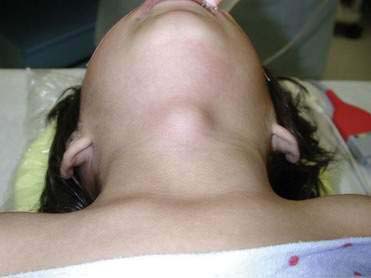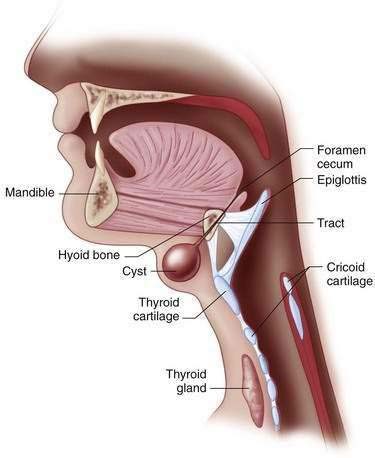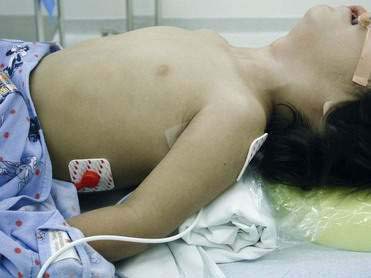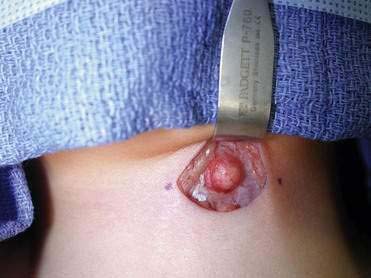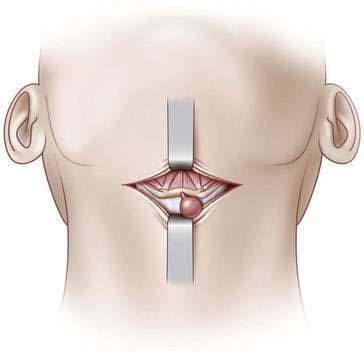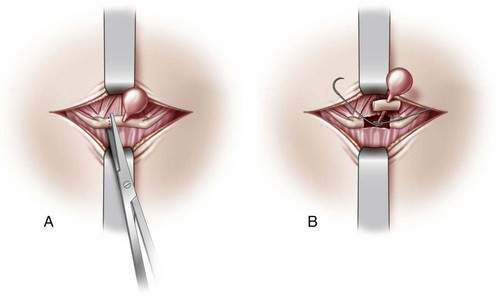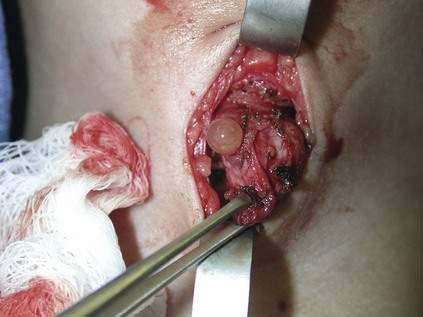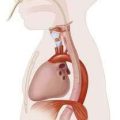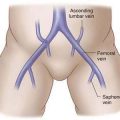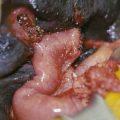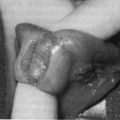CHAPTER 3 Thyroglossal Duct Cyst
Step 1: Surgical Anatomy
Step 2: Preoperative Considerations
Step 3: Operative Steps
Anesthetic Induction
Positioning
Incision
Closing
Step 5: Pearls and Pitfalls
Kaselas C, Tsikopoulos G, Chortis C, Kaselas B. Thyroglossal duct cyst’s inflammation. When do we operate? Pediatr Surg Int. 2005;1:991-993.
Ostlie DJ, Burjonrappa SC, Snyder CL, et al. Thyroglossal duct infections and surgical outcomes. J Pediatr Surg. 2004;39:396-399.
Perkins JA, Inglis AF, Sie KC, Manning SC. Recurrent thyroglossal duct cysts: a 23-year experience and a new method for management. Ann Otol Rhinol Laryngol. 2006;115:850-856.
Tracy TFJr, Muratore CS. Management of common head and neck masses. Semin Pediatr Surg. 2007;16:3-13.

